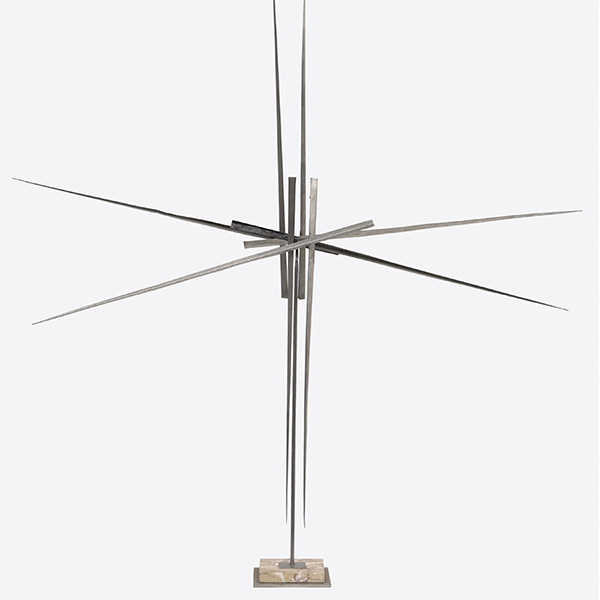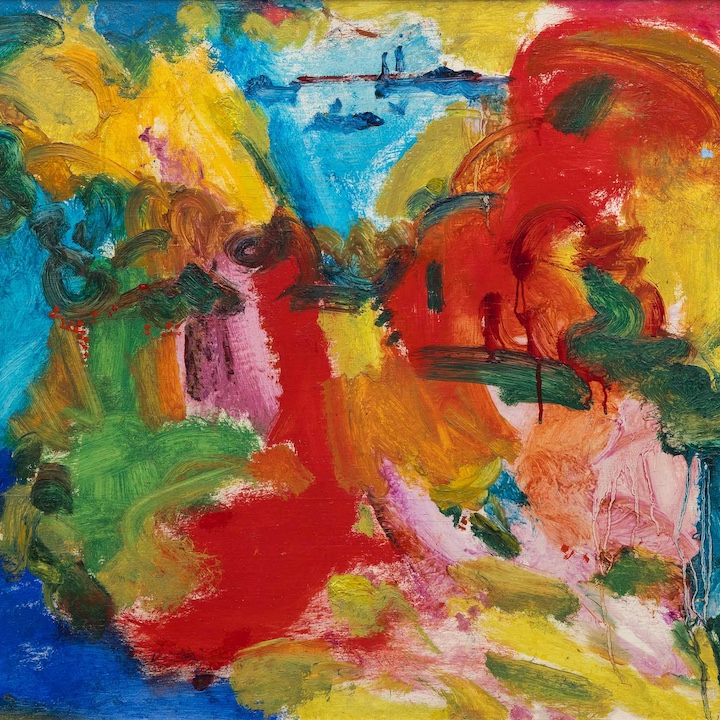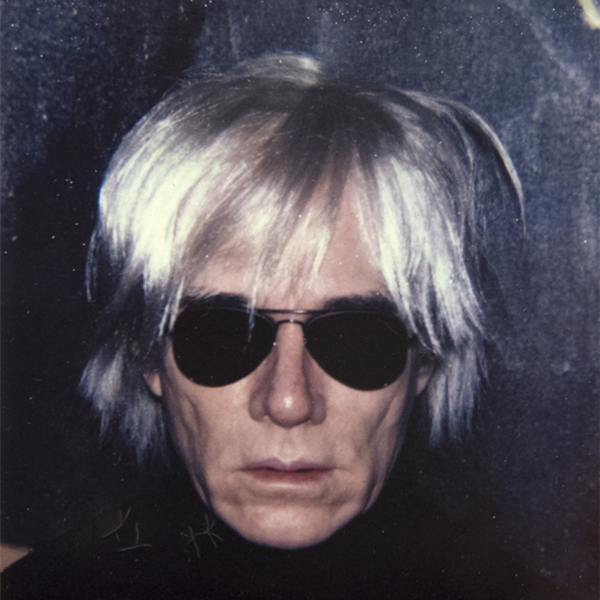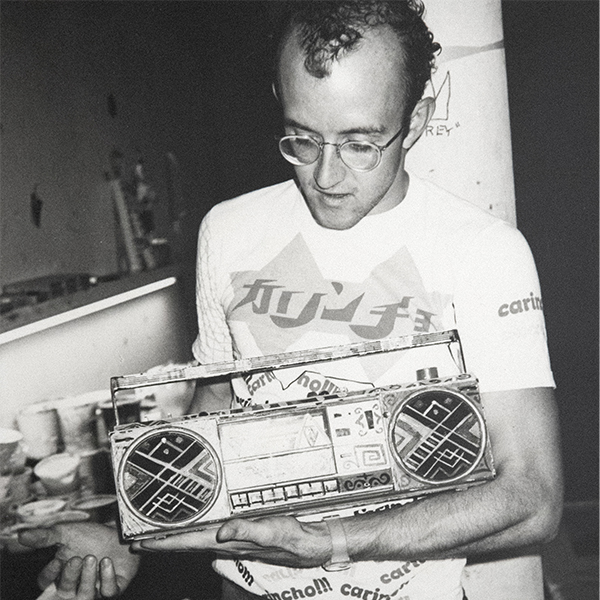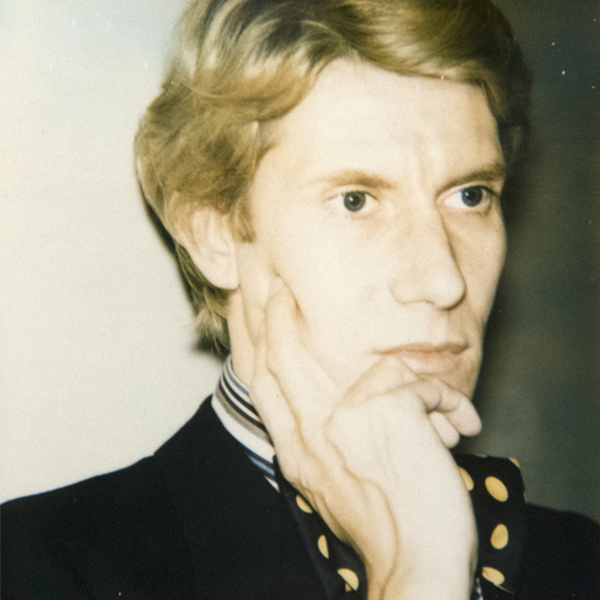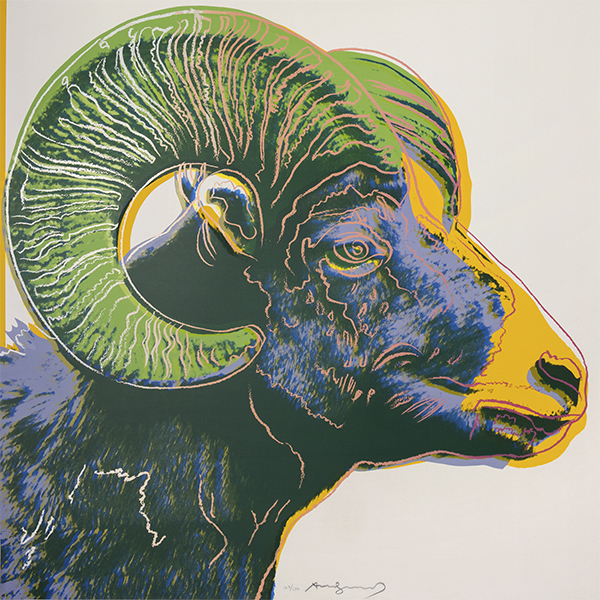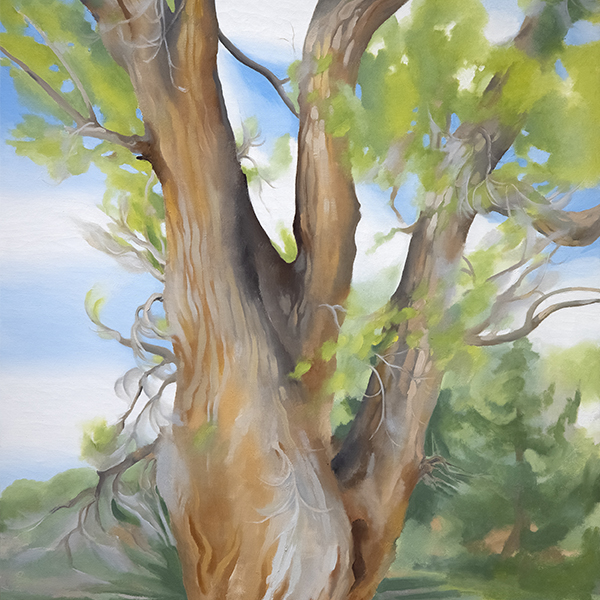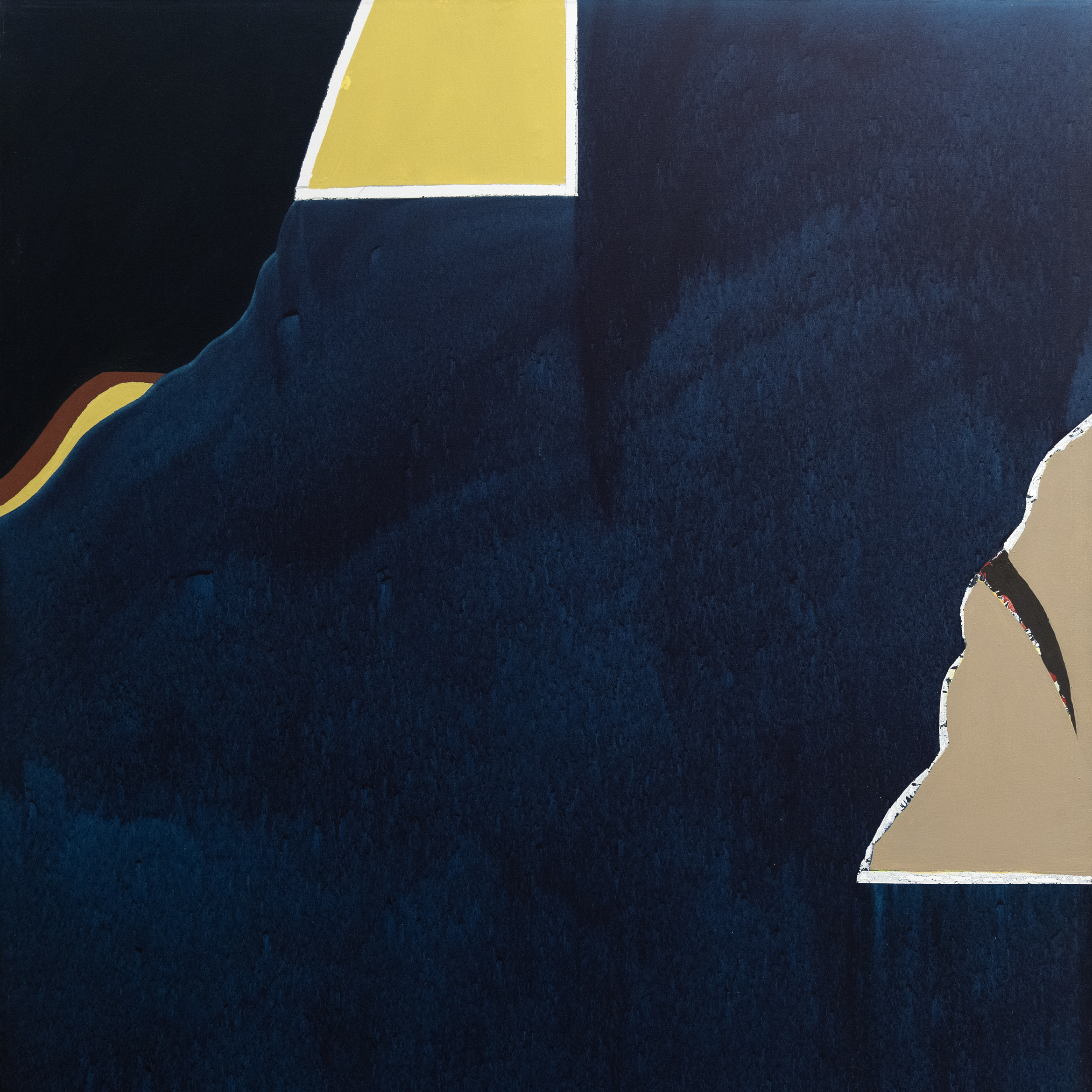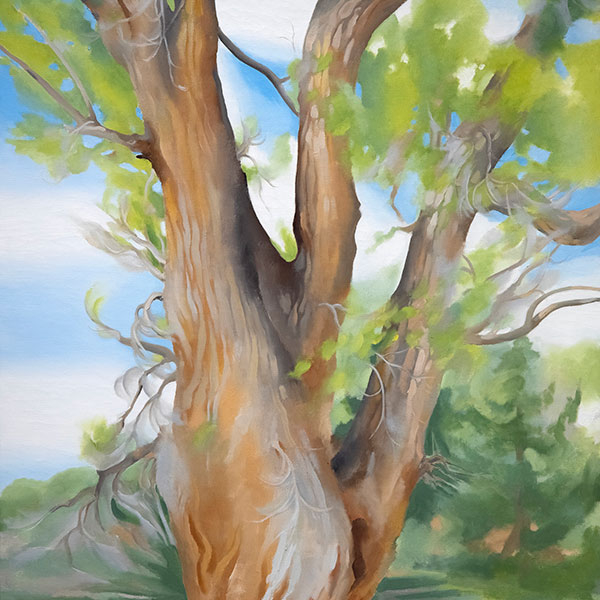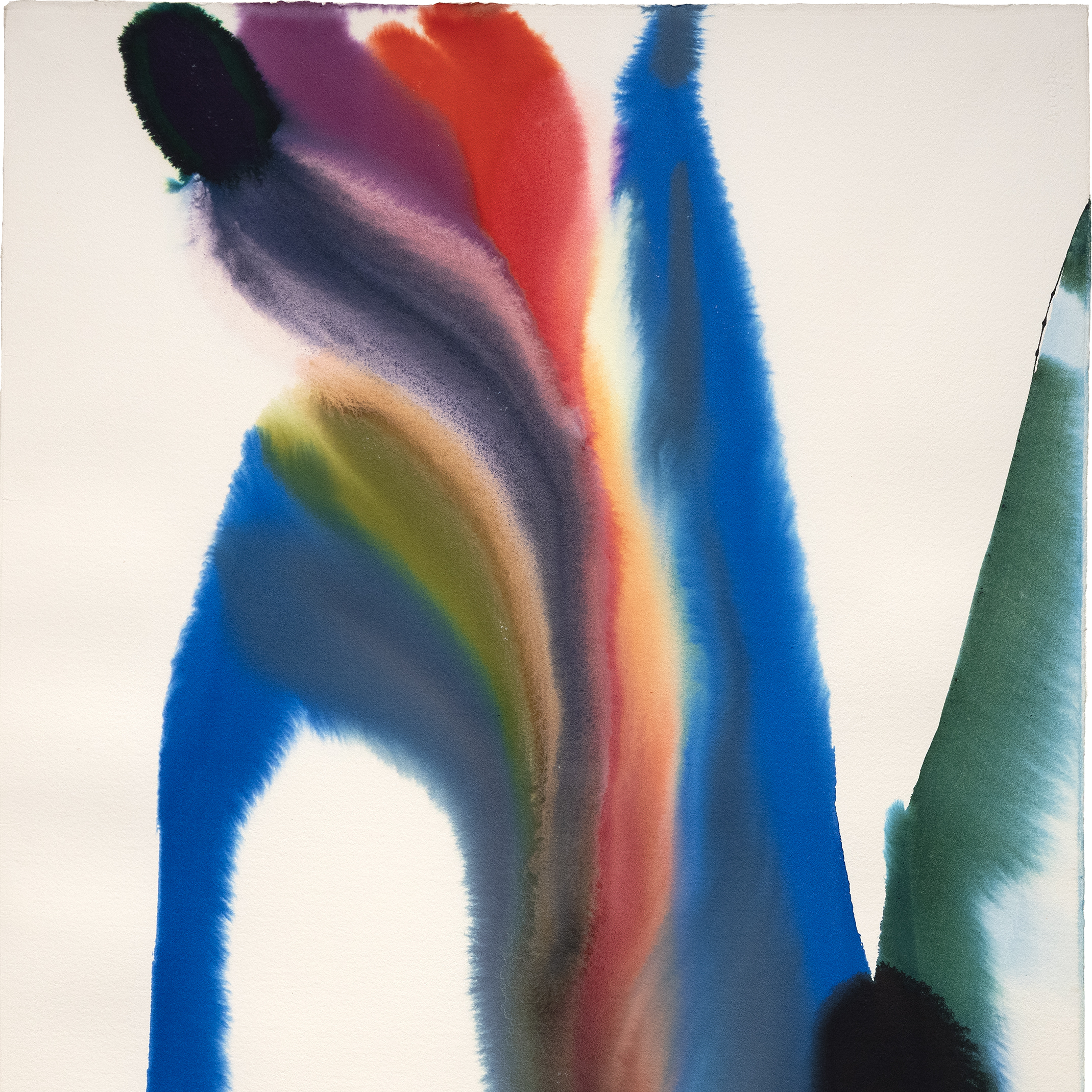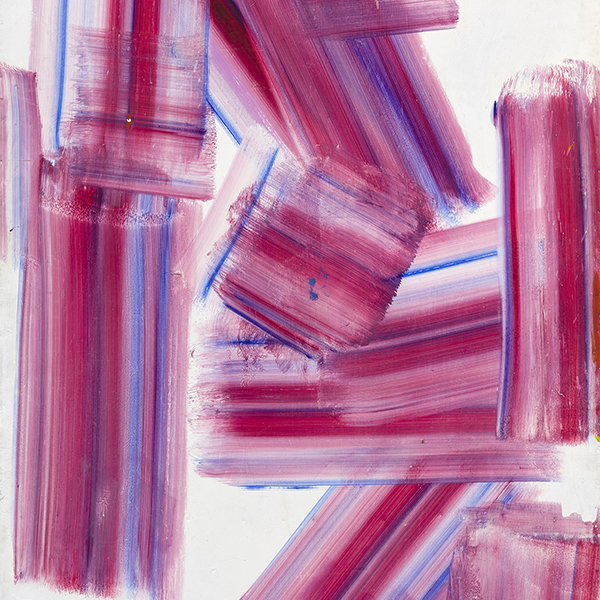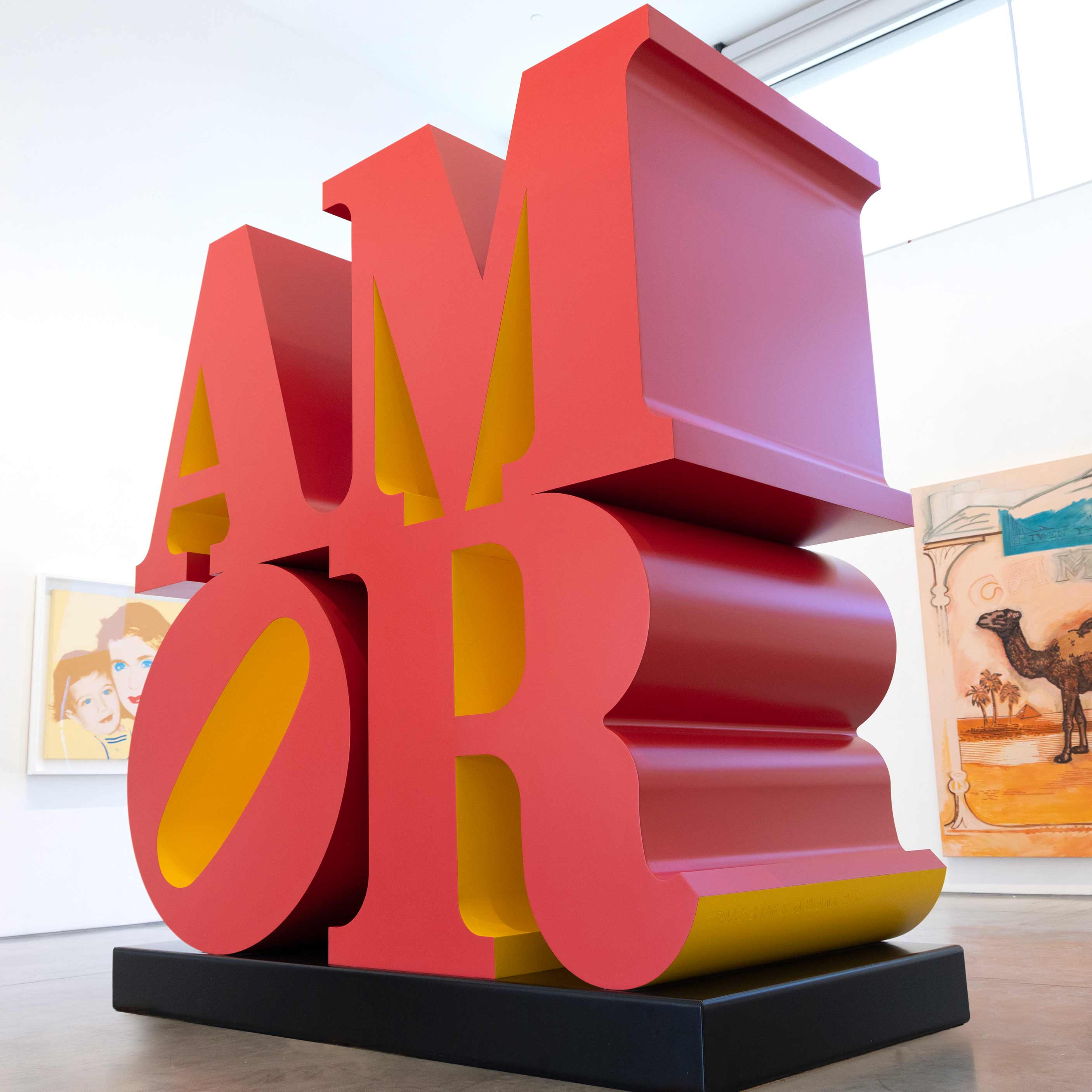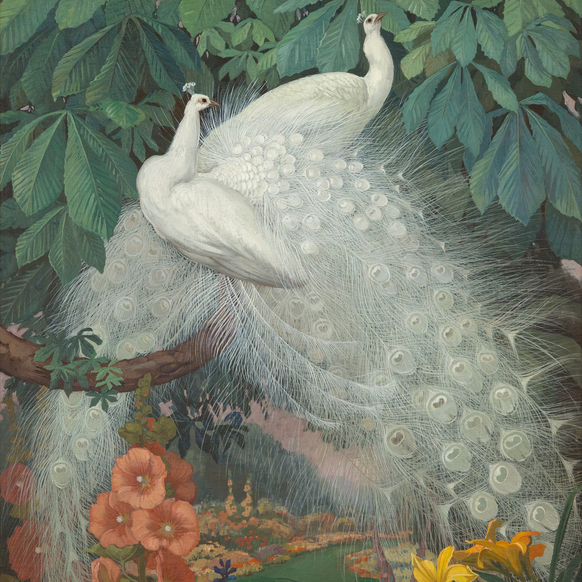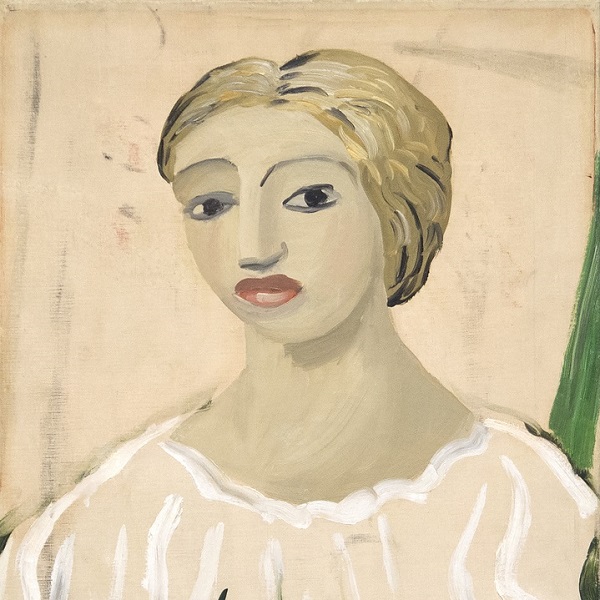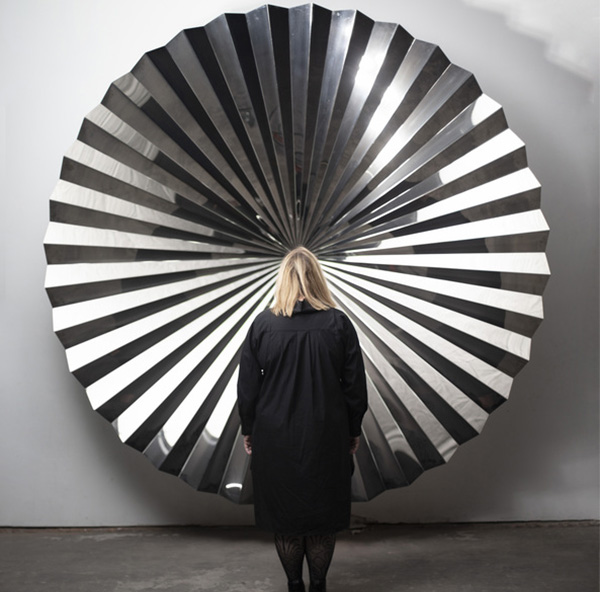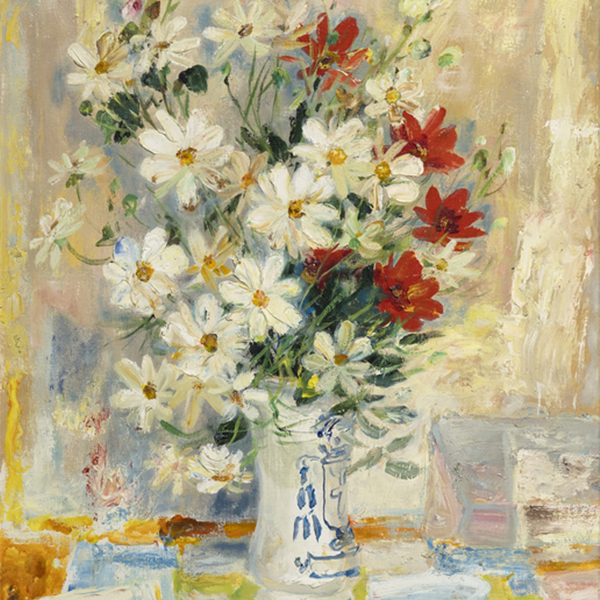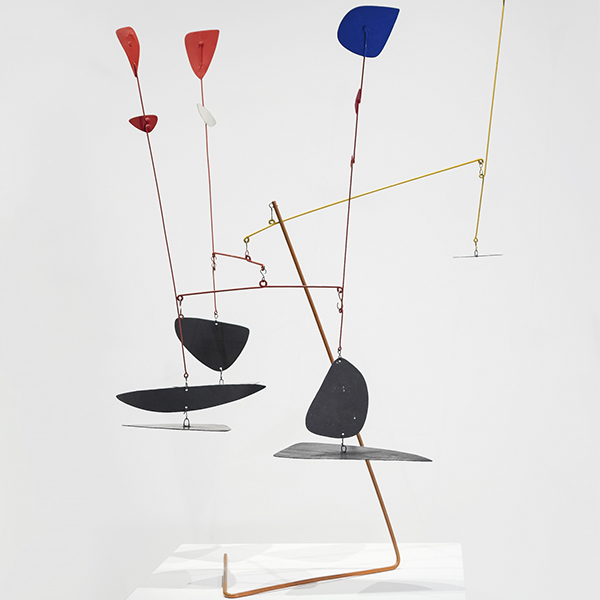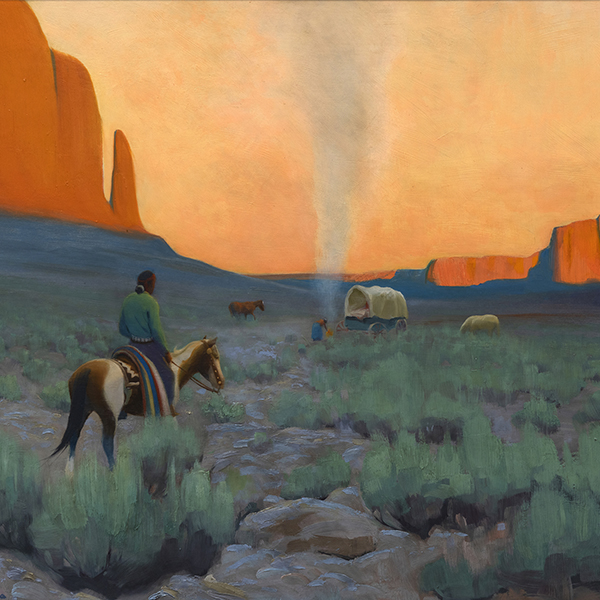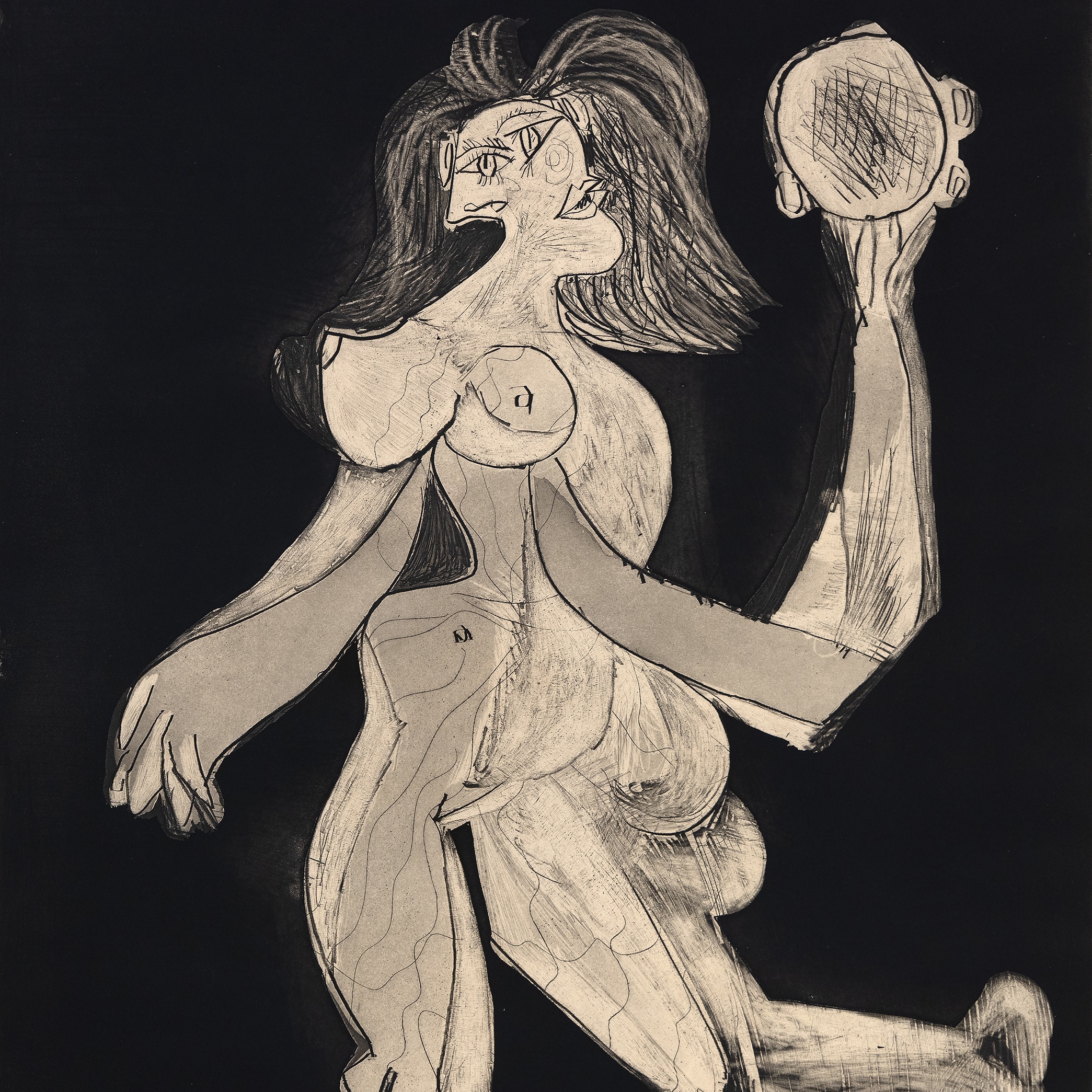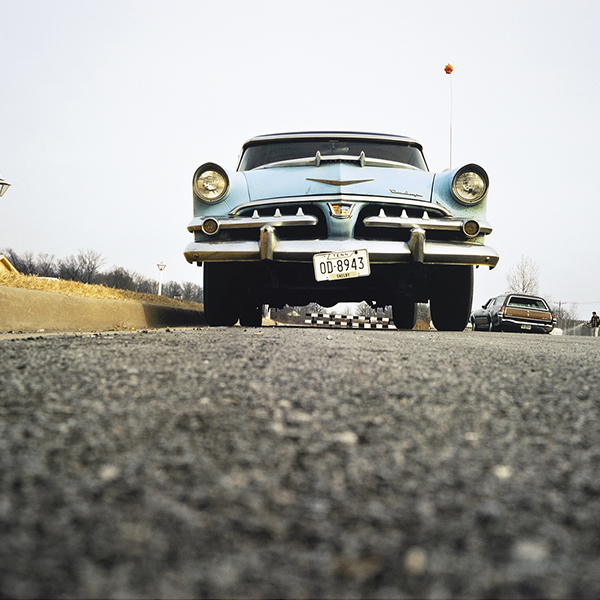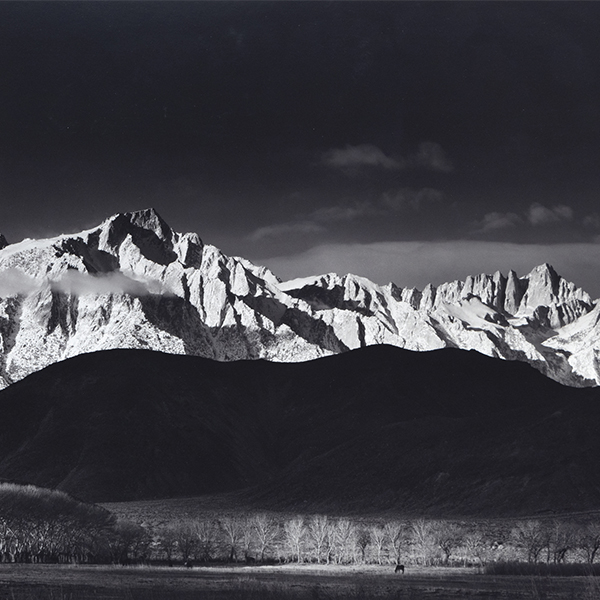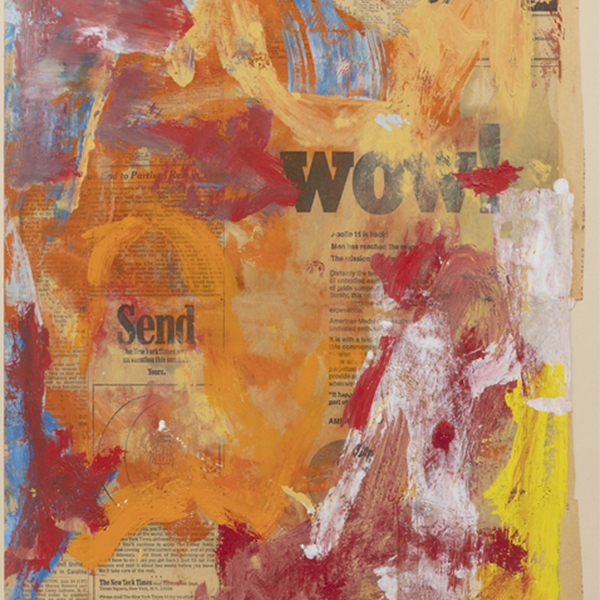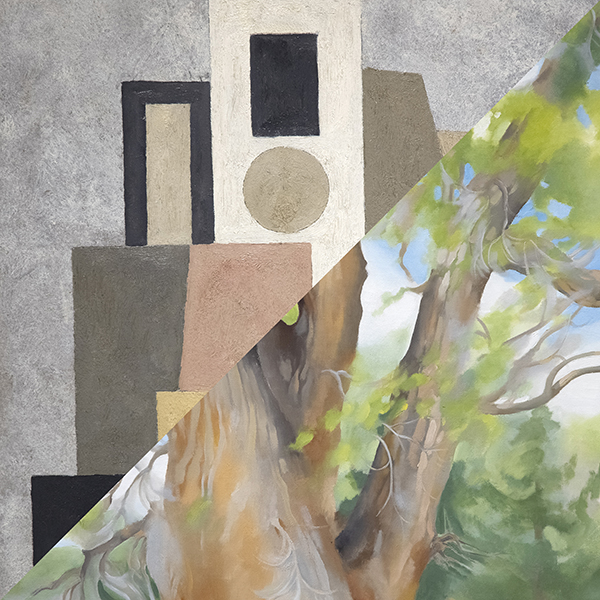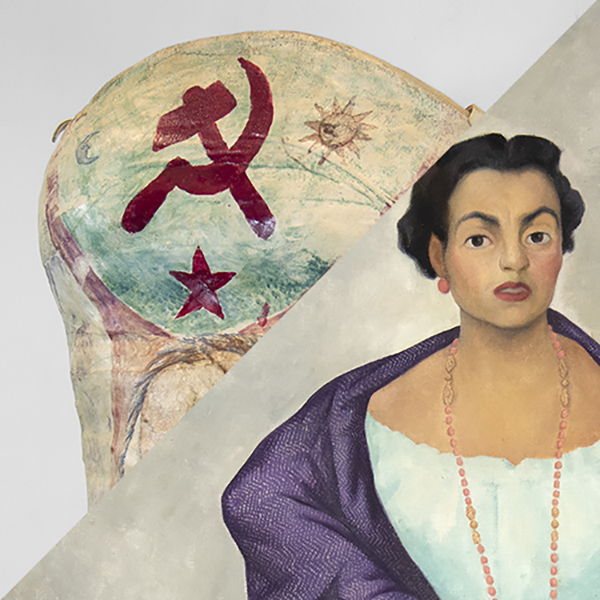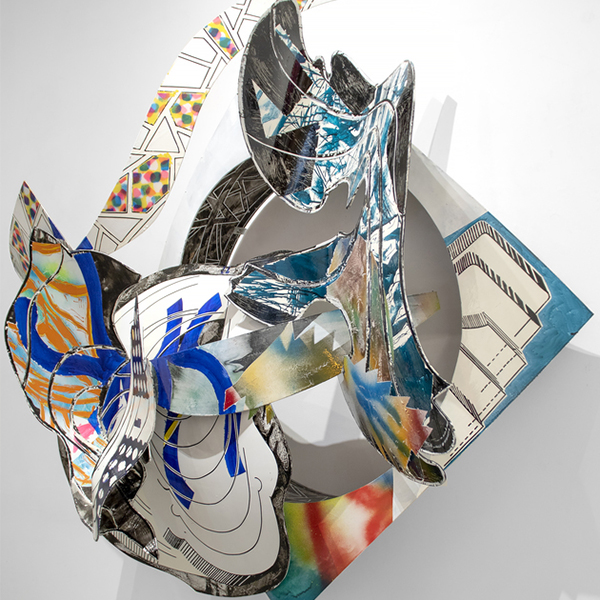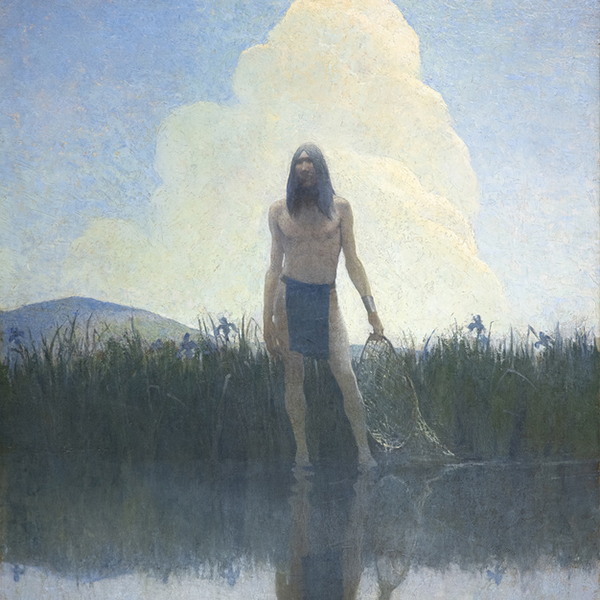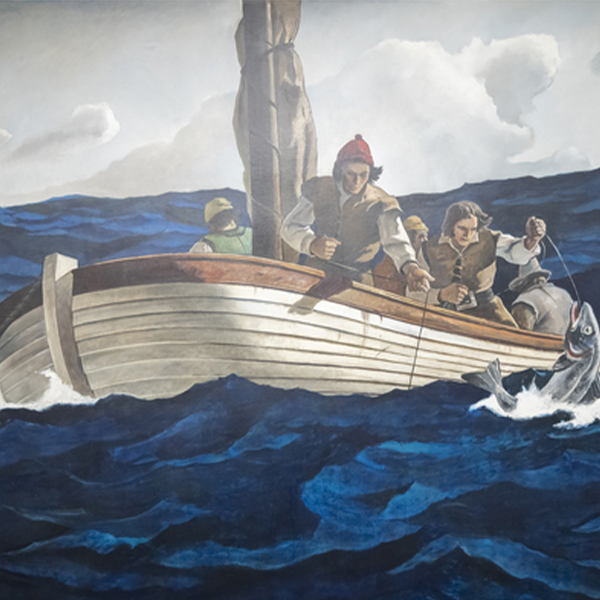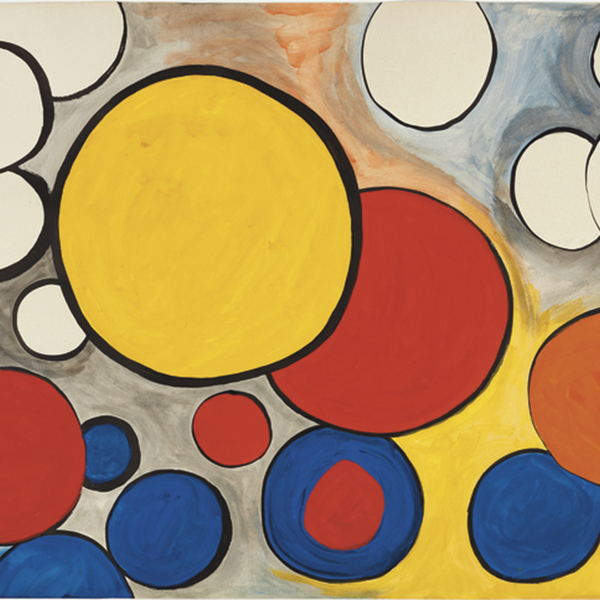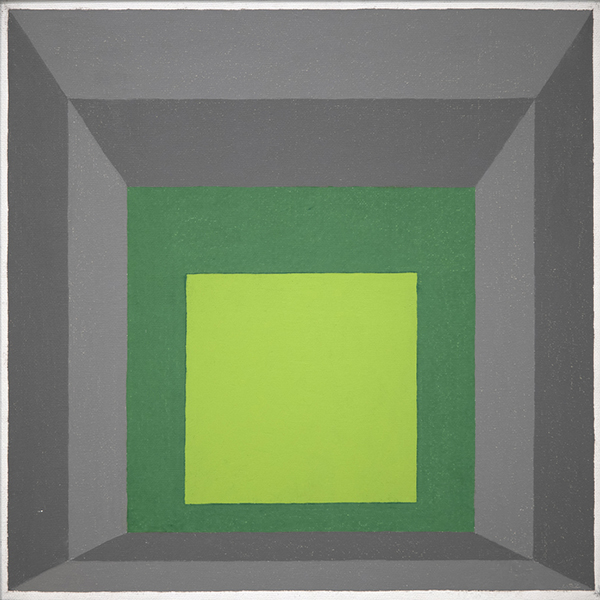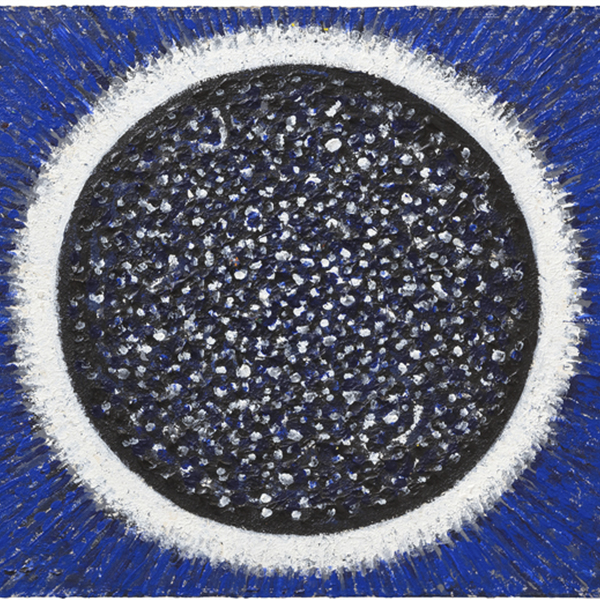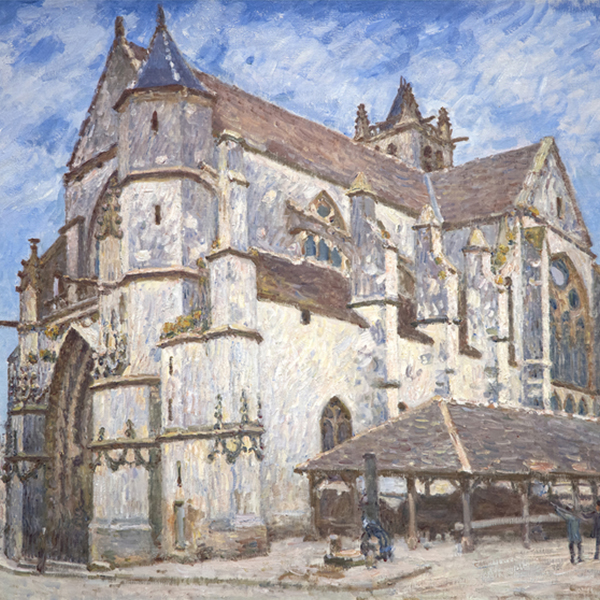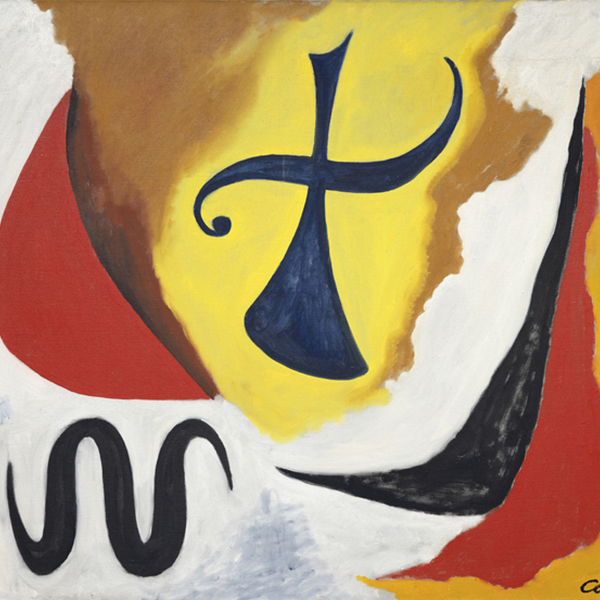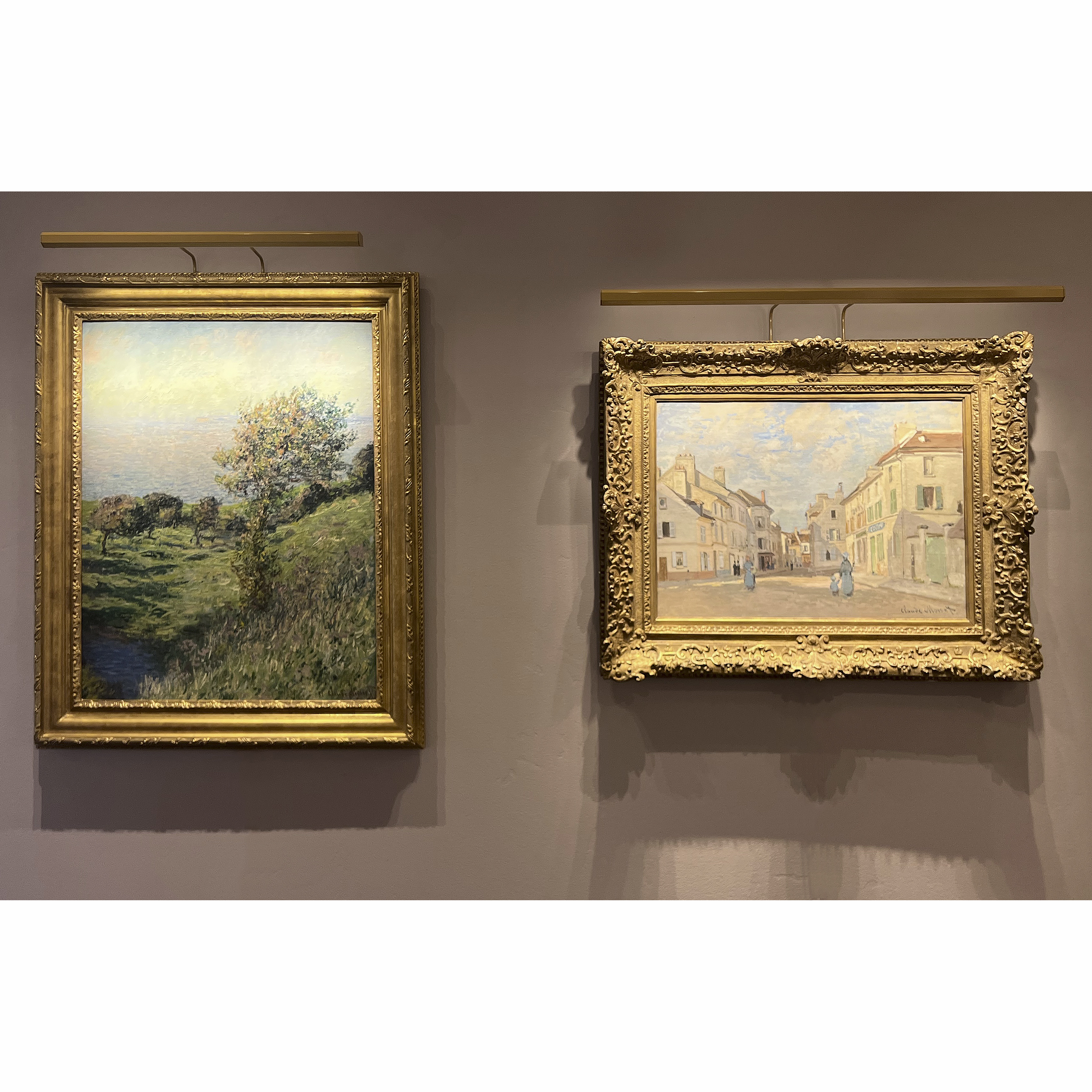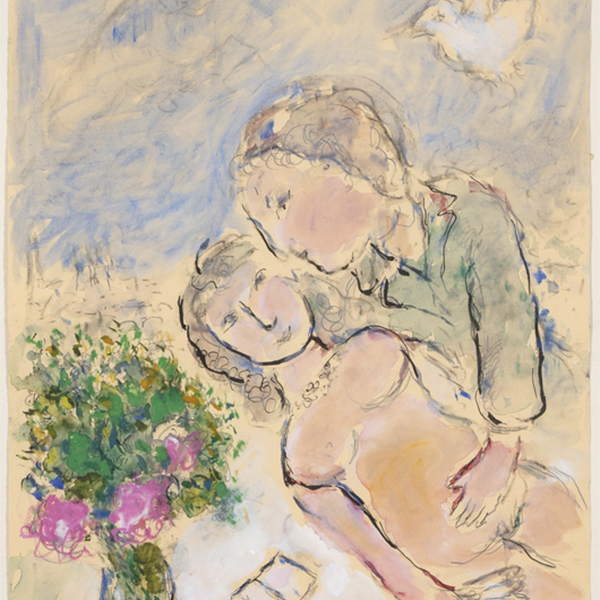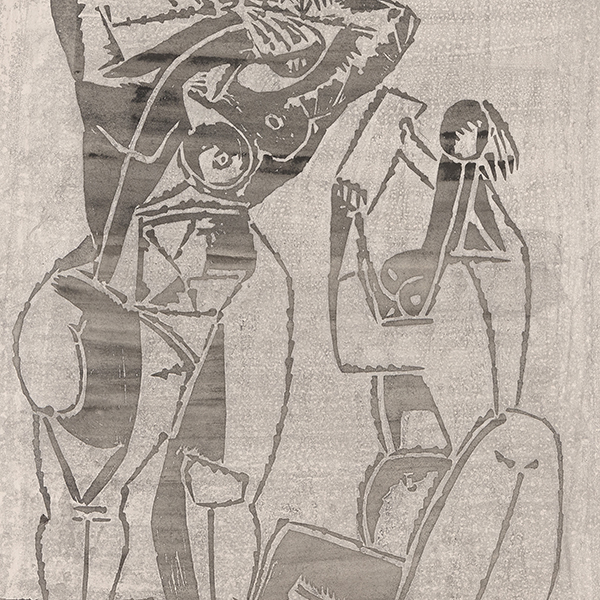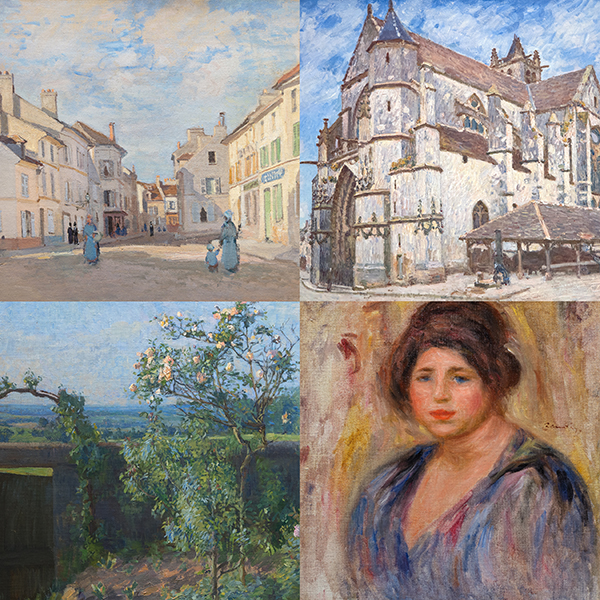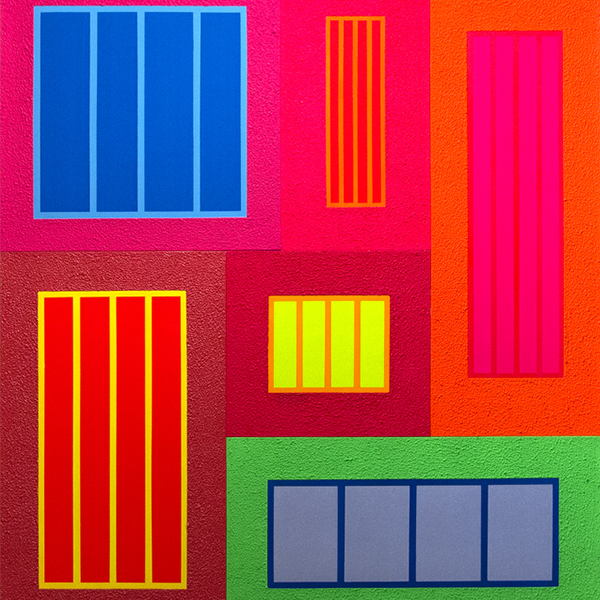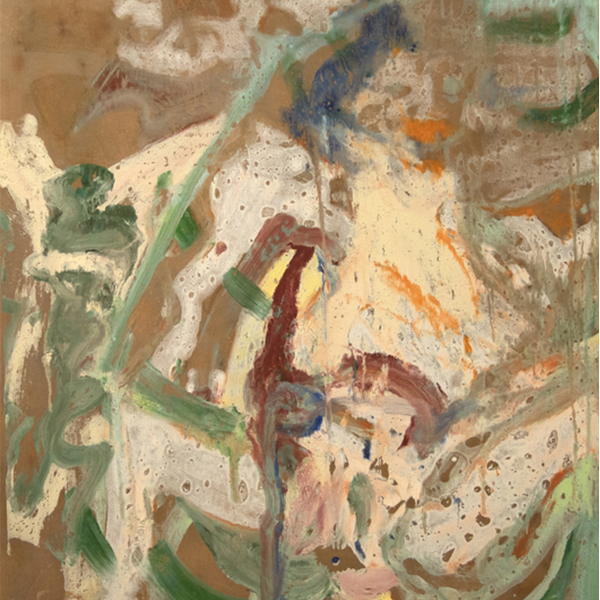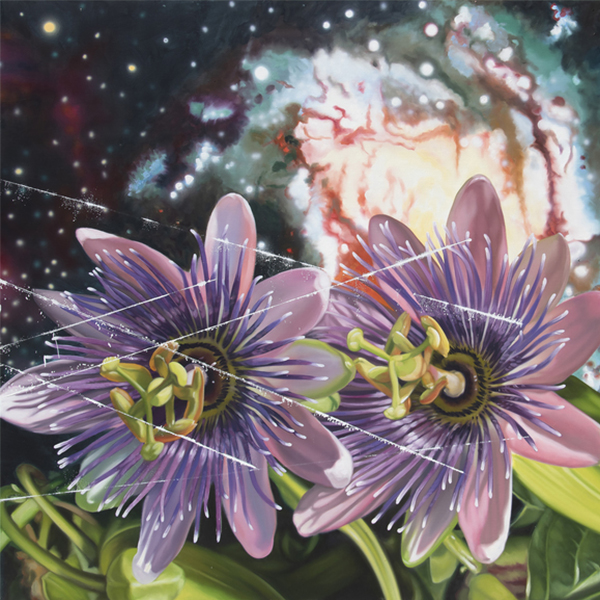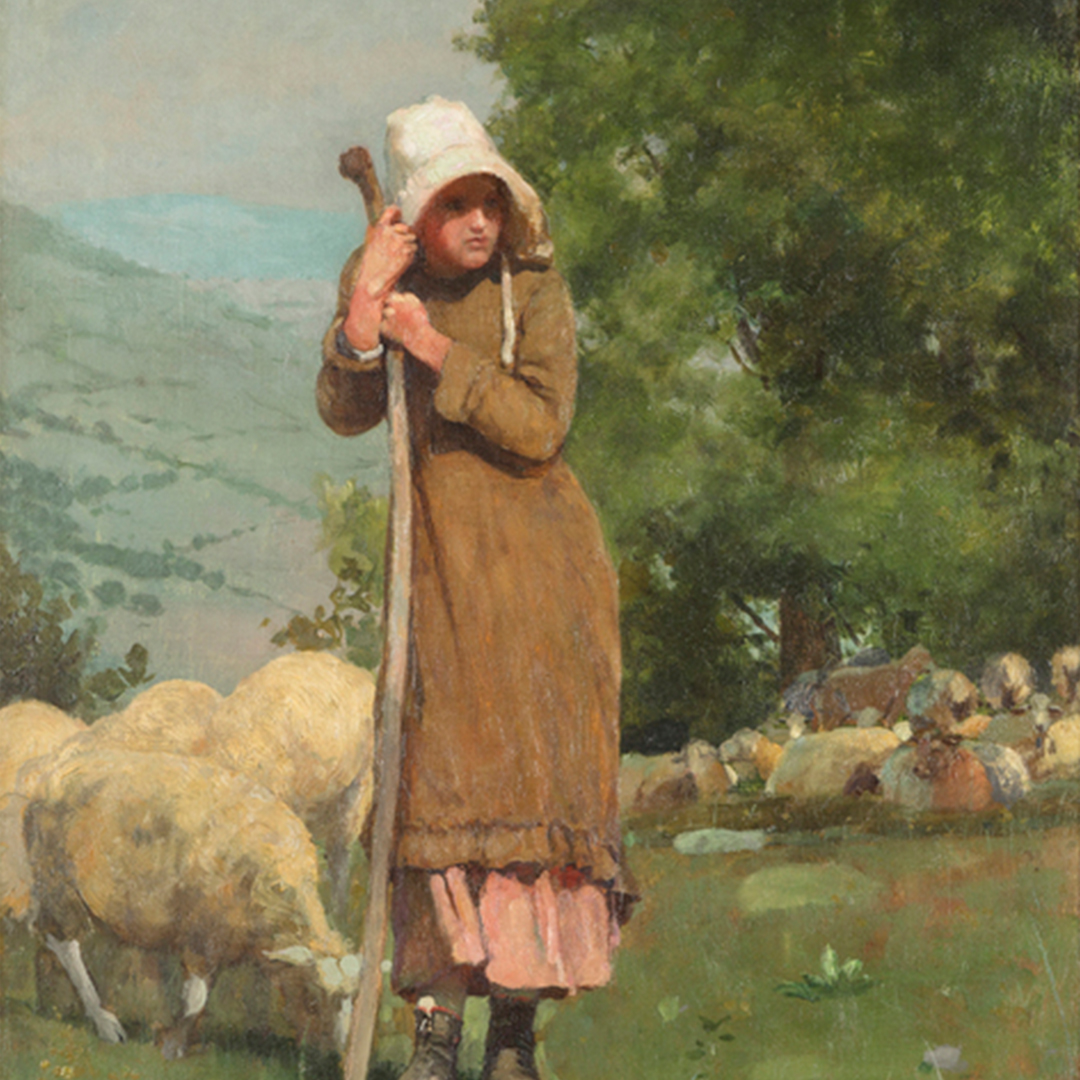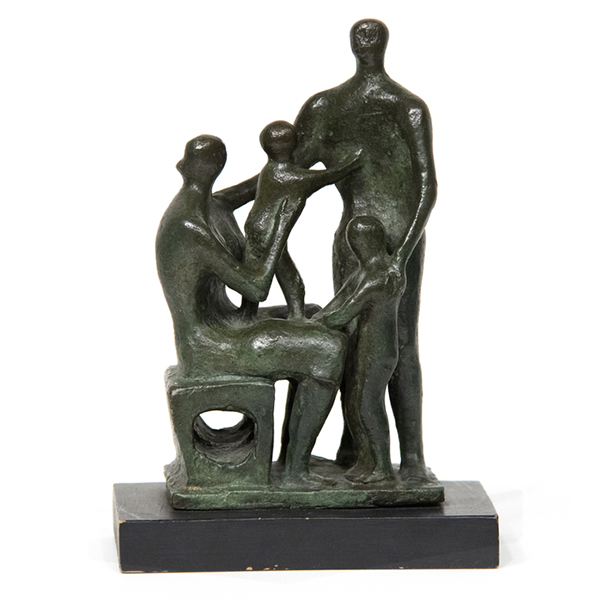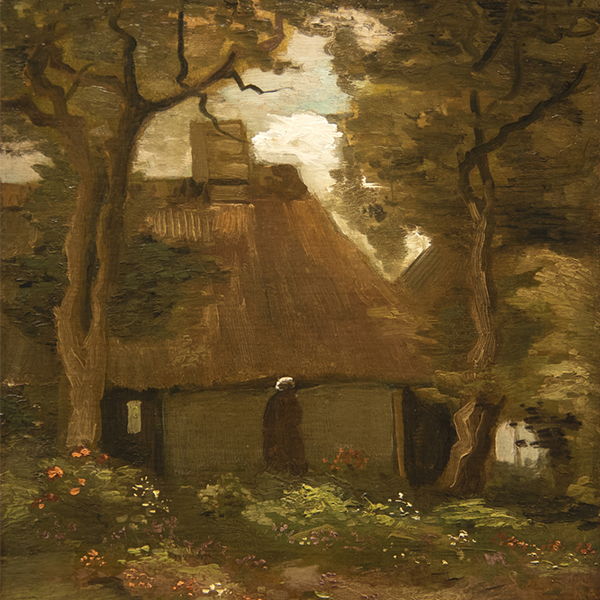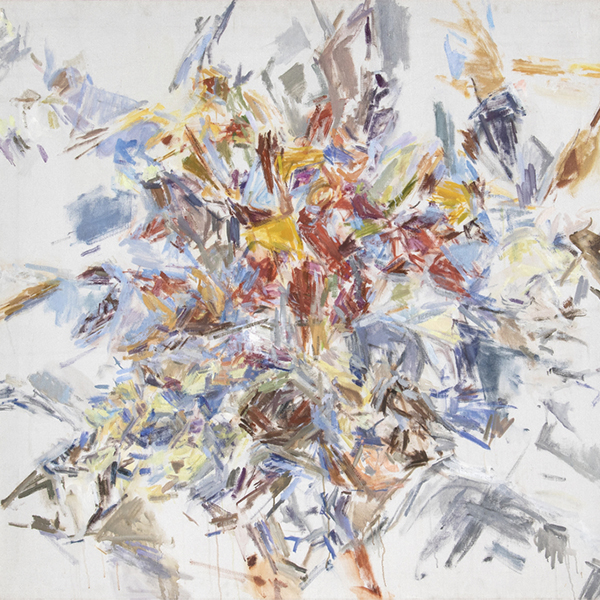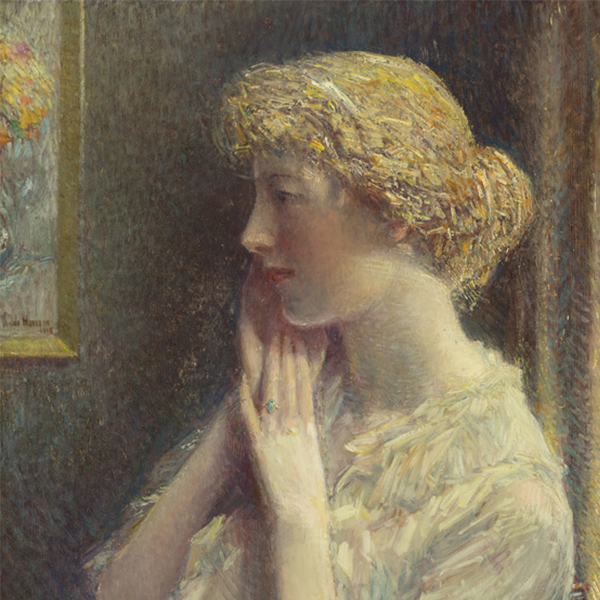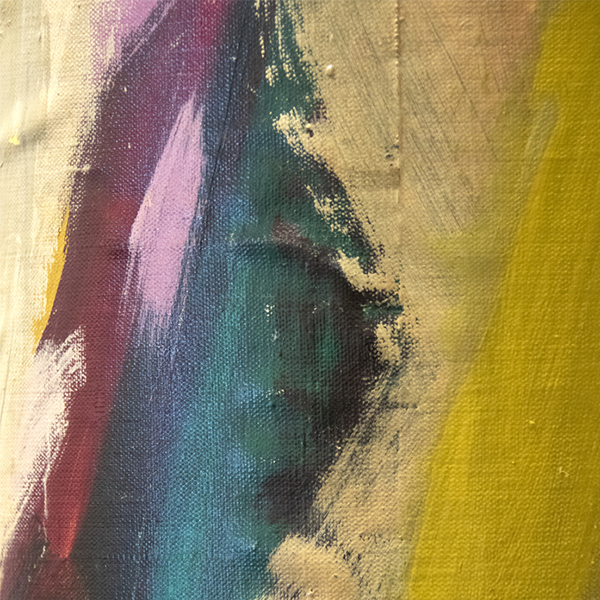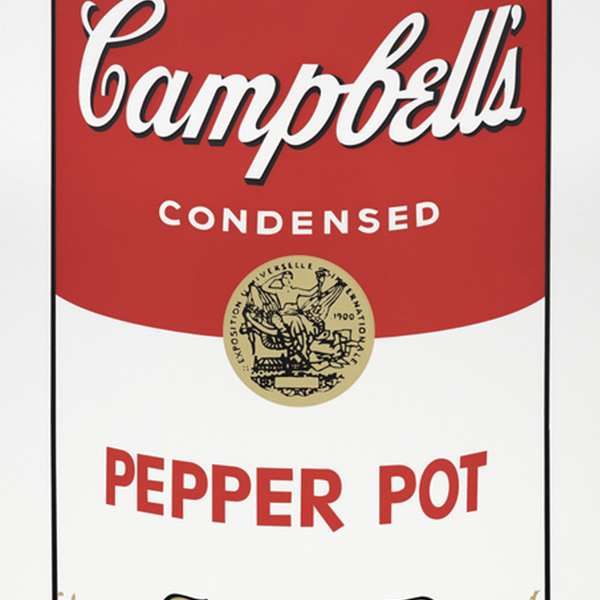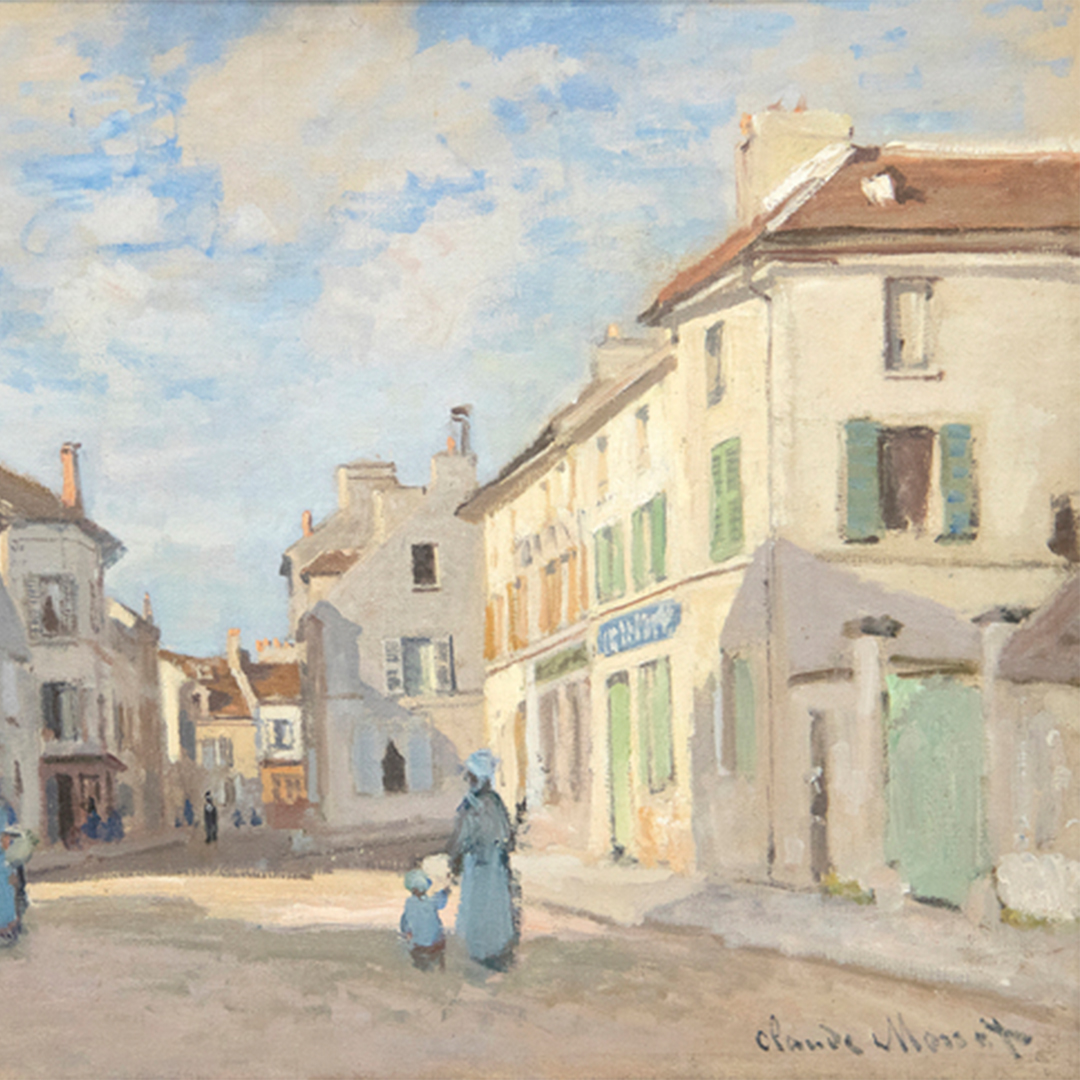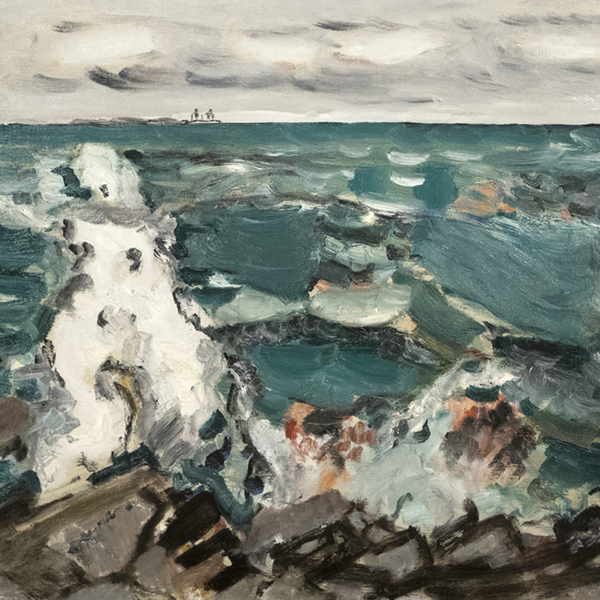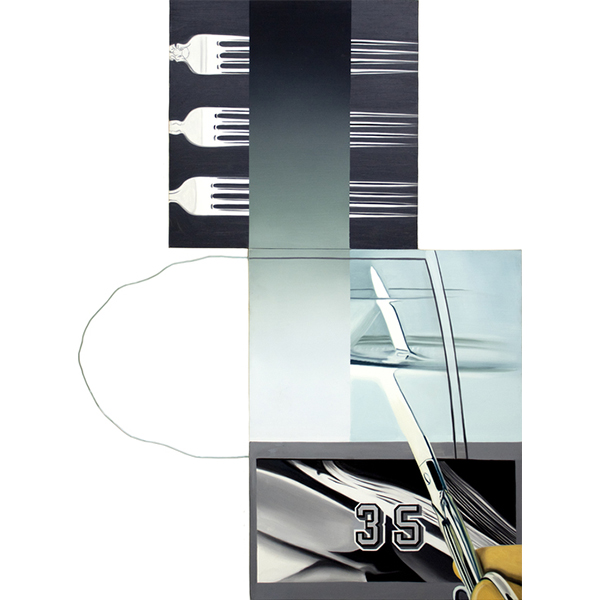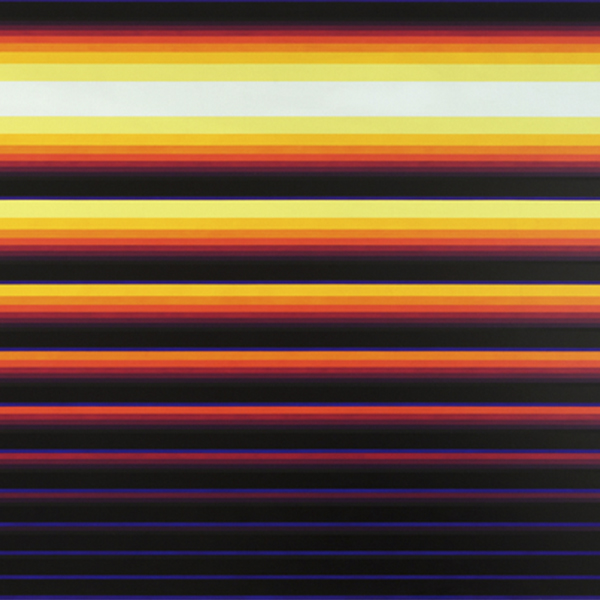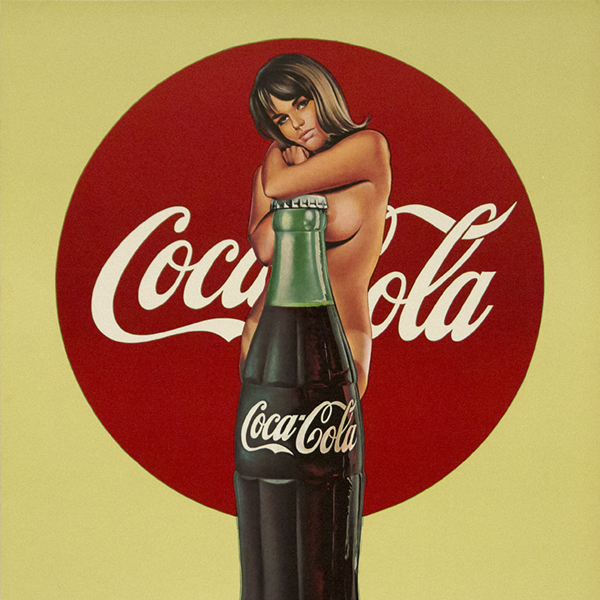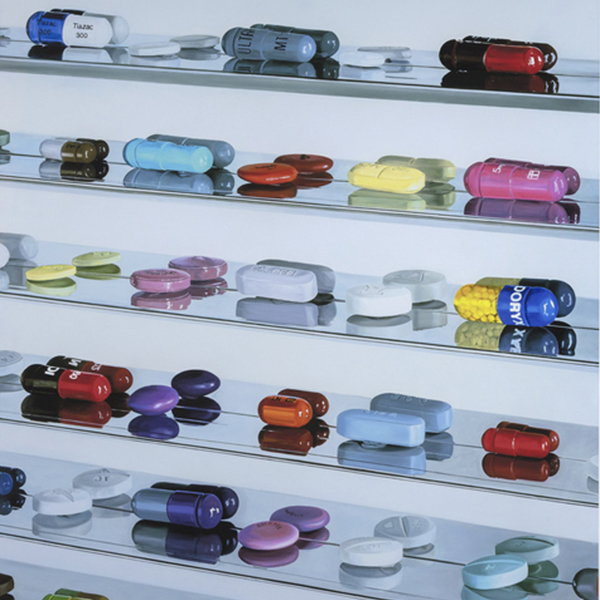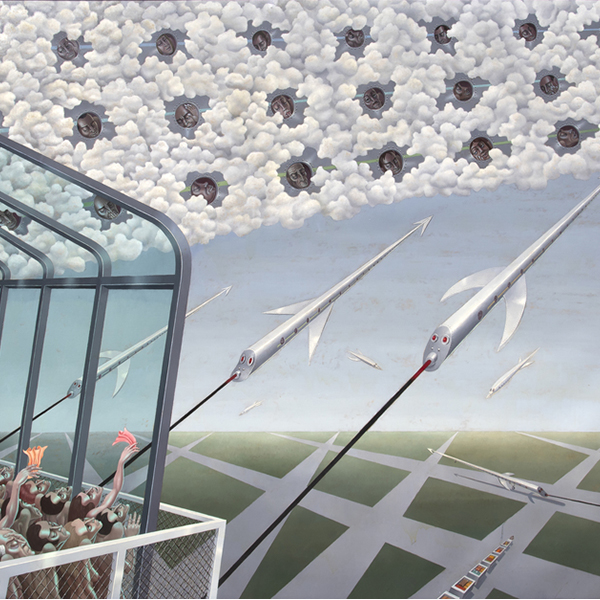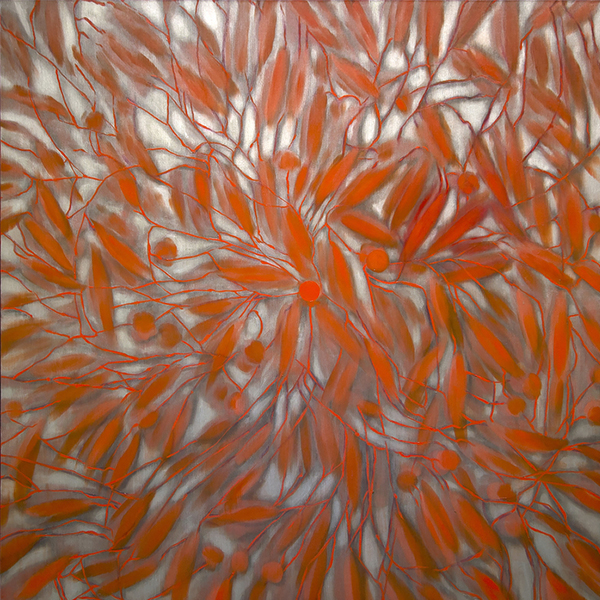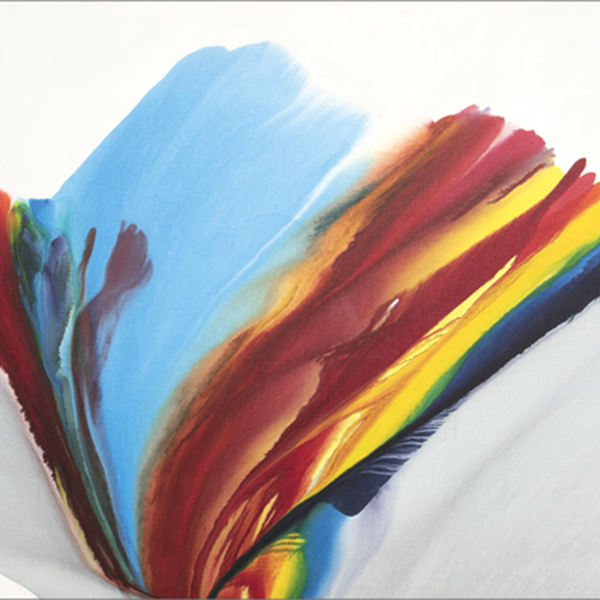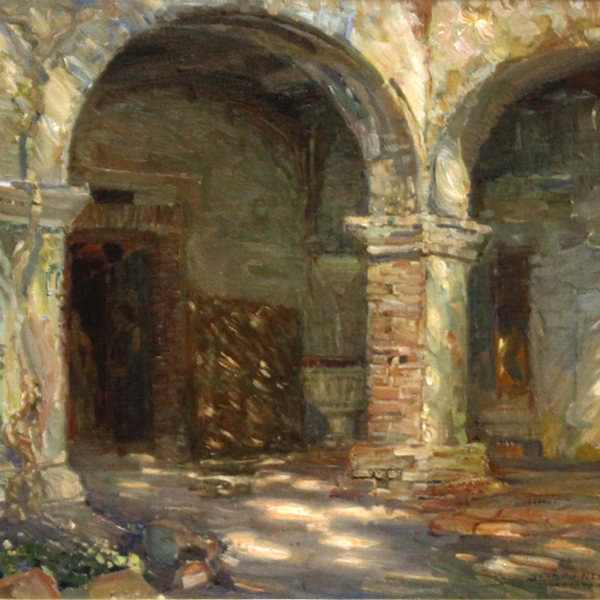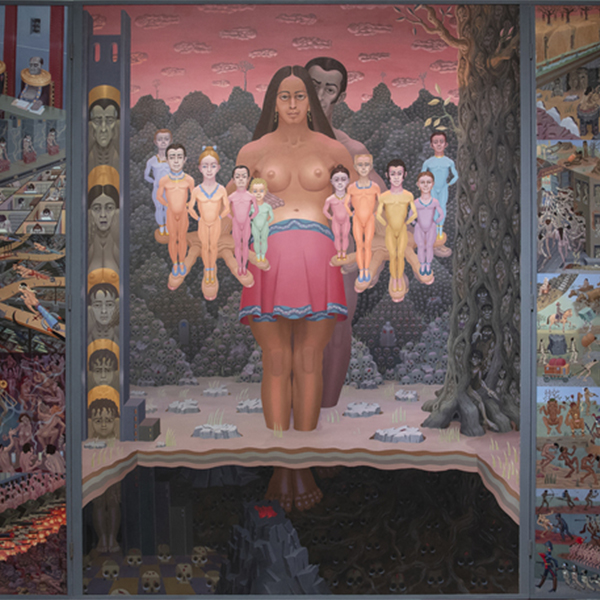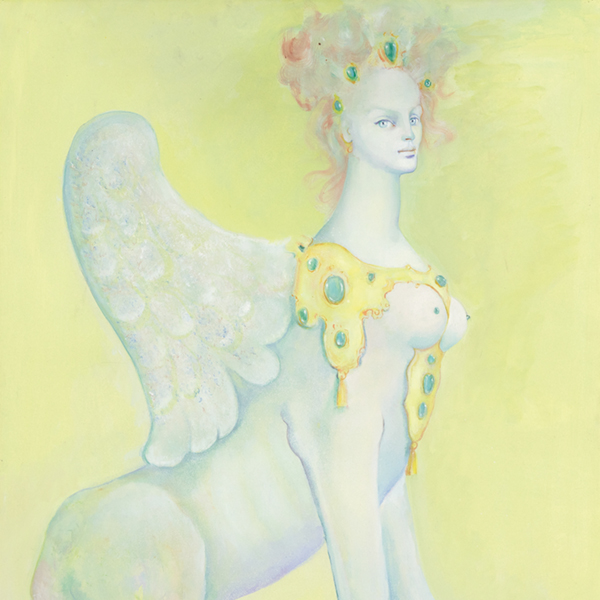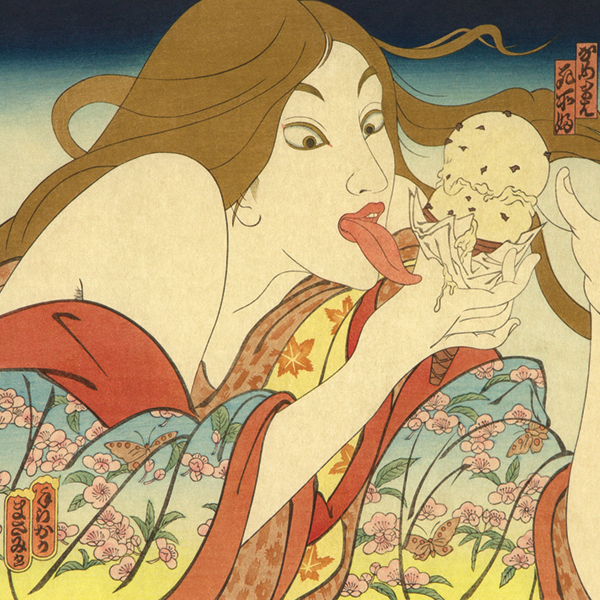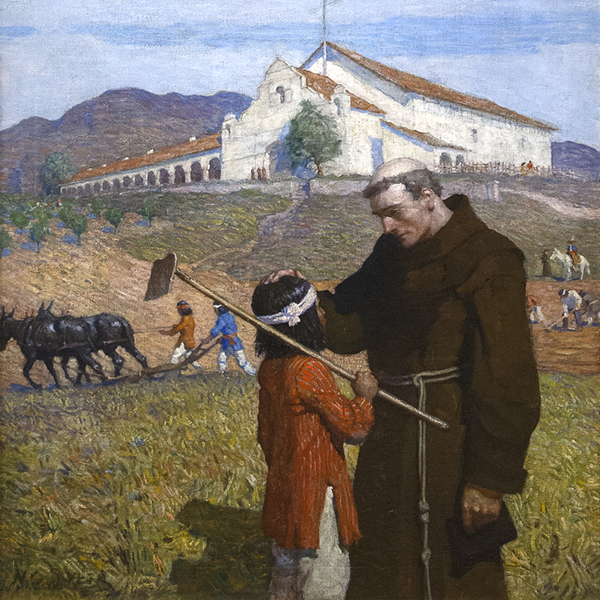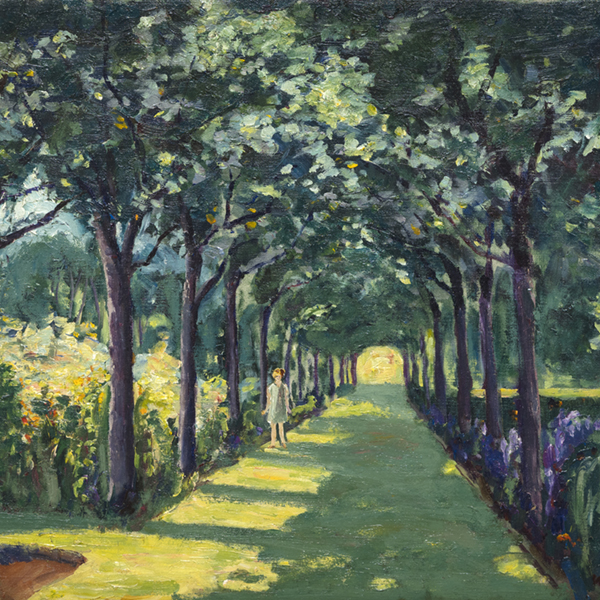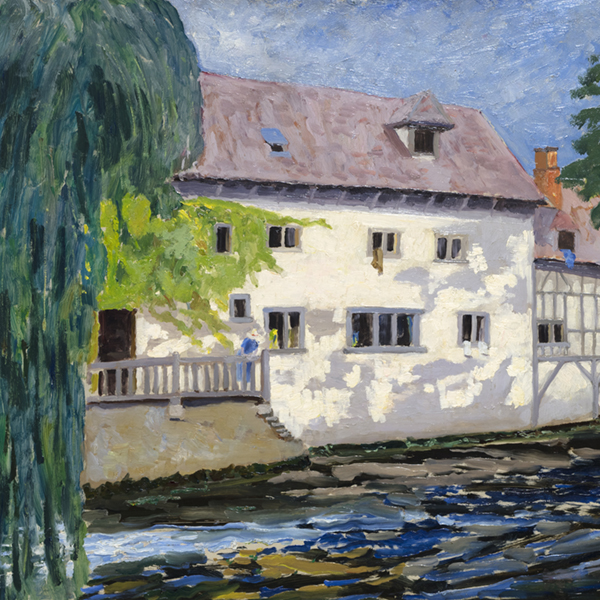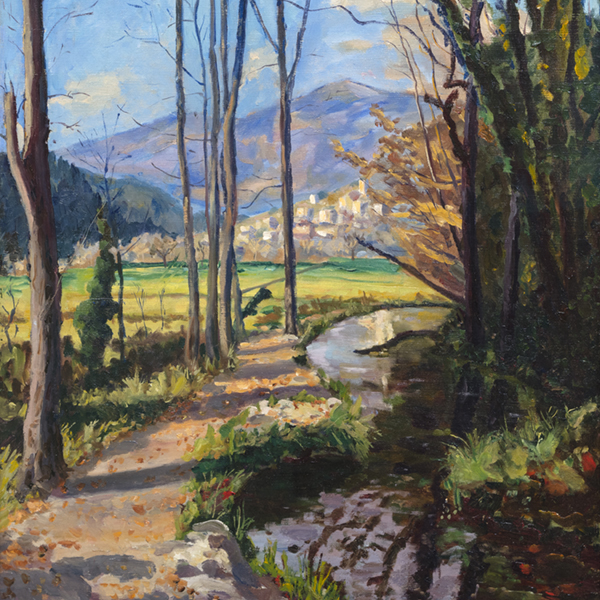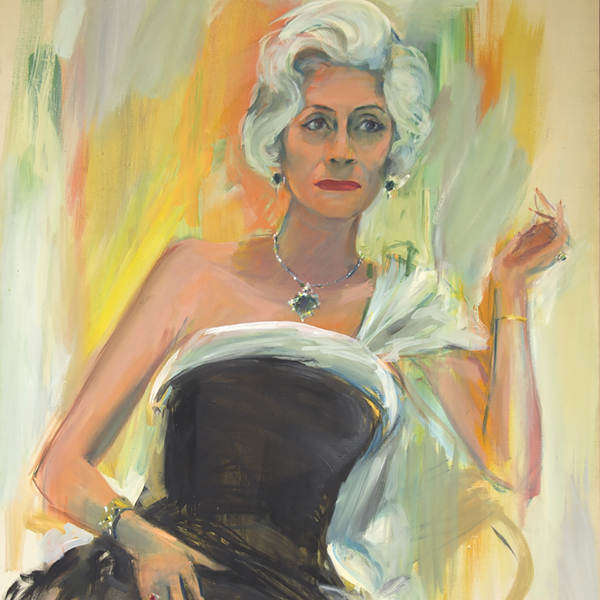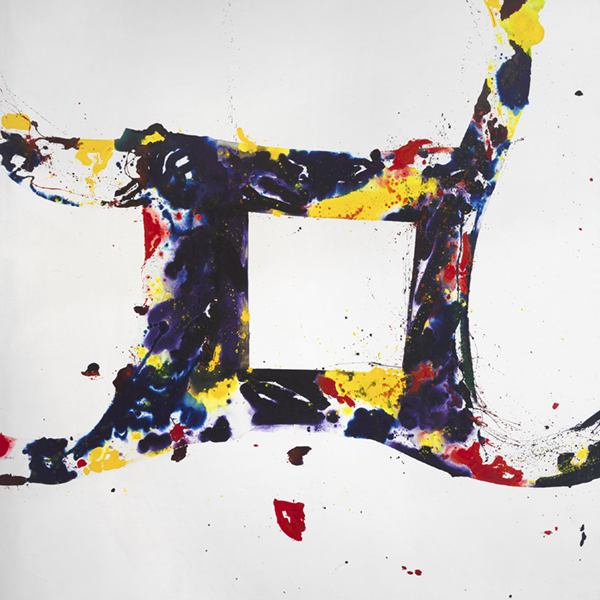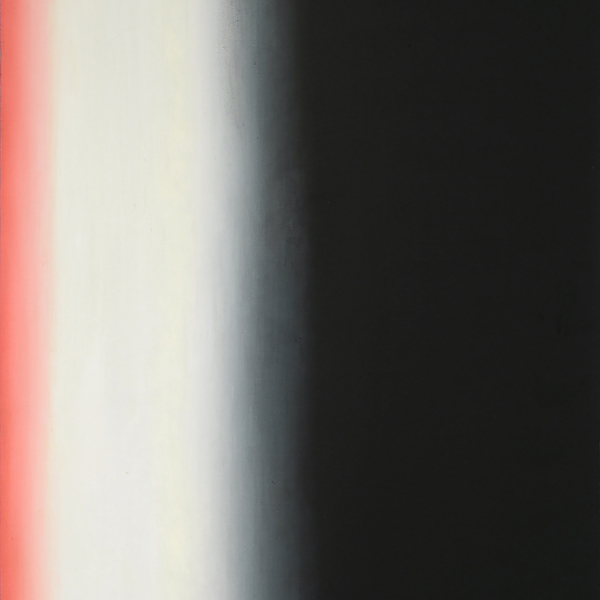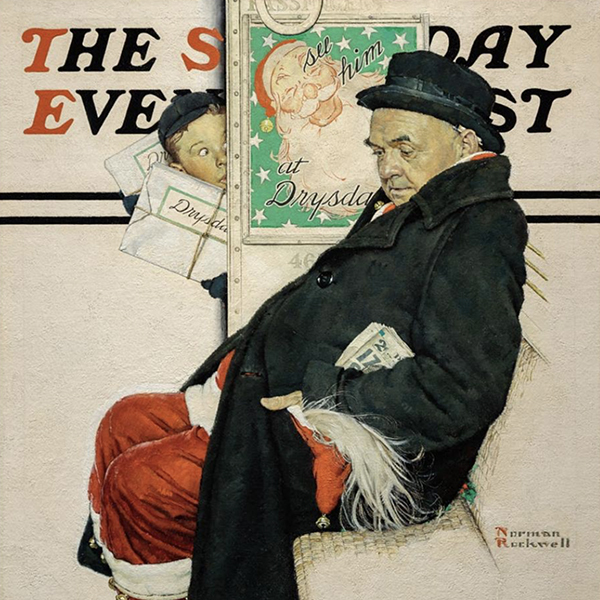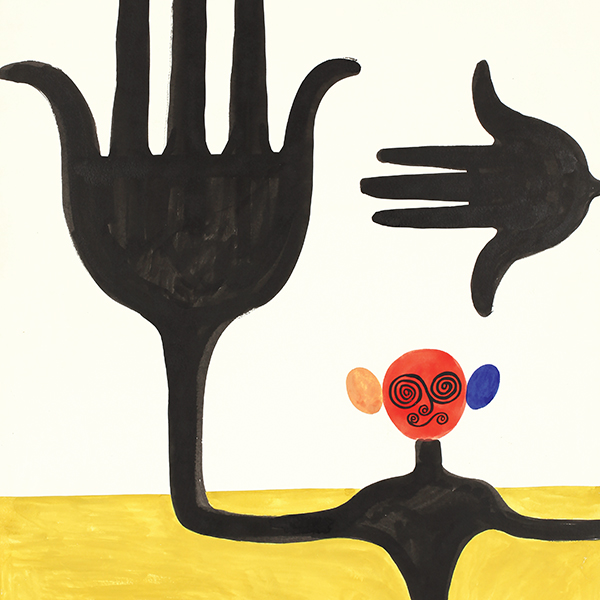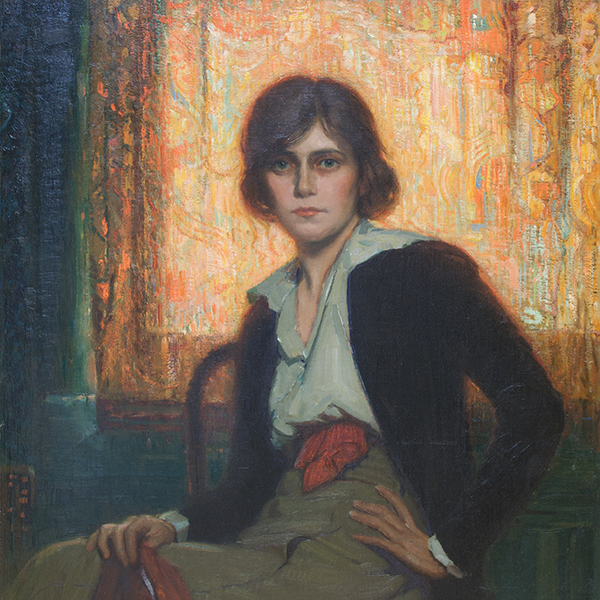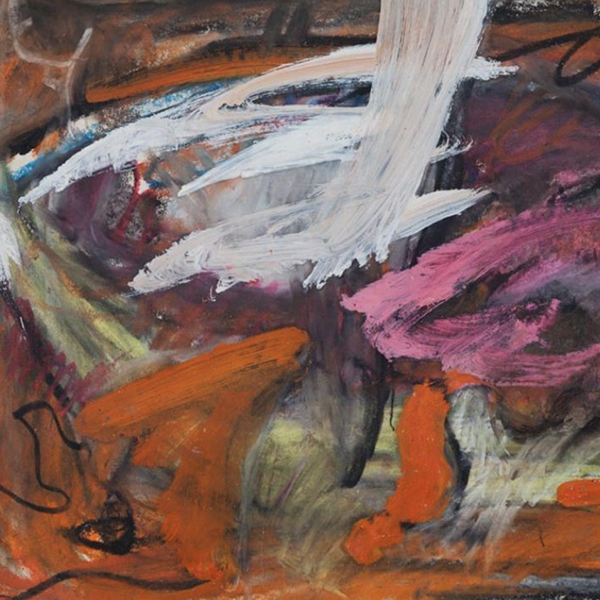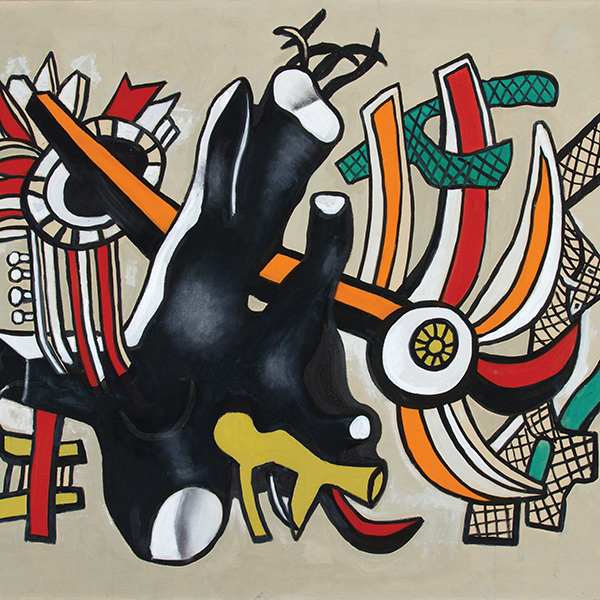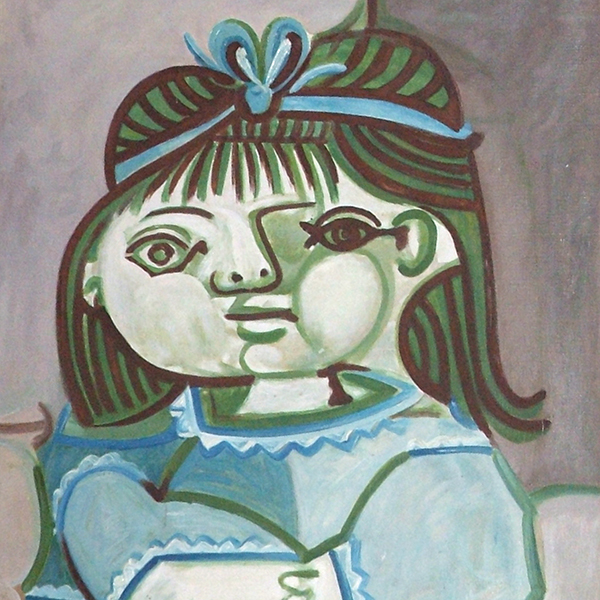Please contact the gallery for more information.
Current Exhibitions
2024
2023
2022
2021
2020
2019
2018
2016
2015
2014
2011
2010
2009
History
When van Gogh placed himself under the care and protection of Dr. Gachet, a homeopathic doctor recommended by Camille Pissarro, he was reeling from a series of mental health crises of acute depression, anxiety, and at least one self-inflicted episode, the infamous mutilation of an ear. His letters reveal a man profoundly torn between hope and despair. The agent of that hope was none other than Dr. Gachet, who was not only an art collector and ardent supporter of emerging artists but an amateur etcher himself who published his prints under the pseudonym Van Ryssel. Having shared a lunch with Gachet and his family shortly after his arrival on May 25, 1890, Vincent surmised that the two would be fast friends. Within a fortnight, he immortalized Gachet in a portrait, described to his sister, Willemien, as having “a face the color of an overheated and sun-scorched brick, with a reddish head of hair, a white cap, in surroundings of landscape, blue background of his, his suit is ultramarine blue, this brings out the face and makes it paler, even though it’s brick-colored. The hands, hands of an obstetrician, are paler than the face.” Gachet’s son remembered that his father gave Van Gogh a varnished copper plate and offered to print it on the small hand press he used for making his prints. Fourteen impressions were made under Vincent’s direction using various colored inks and different methods of wiping the plate. Additional runs, printed by Dr. Gachet or his son, who retained the plate after van Gogh’s death, bring the total number of impressions to sixty-one. Of the fourteen original impressions, the Van Gogh Museum owns nine, five of which are printed in black ink and have the overall tone of yellow ochre, sanguine, greenish blue, light orange, and yellow-brown.
L’Homme à la Pipe, also known as Portrait of Dr. Gachet, is Vincent van Gogh’s only etching. Theo’s reaction on June 23 was most enthusiastic: “And I now I must tell you something about your etching. No refinement in the procedure, but a drawing done on metal. I like this drawing very much. Boch also liked it.” Van Gogh was quite pleased, if not entranced, by etching, its process and potential for exploring a new avenue of expression. He expressed a desire to continue. “I really hope to do a few etchings of subjects from the south, let’s say six since I can print them free of charge at Mr. Gachet’s.” Vincent completed an amazing 70 paintings during his stay with Dr. Gachet. If not for his early demise on July 29, etching would have likely become the crowning glory of his graphic oeuvre.
In their census of L’Homme à la Pipe (Portrait of Dr. Gachet), van Heugten and Pabst documented a total of 61 known impressions, which they divided into four groups: impressions printed by the artist with the assistance of Dr. P. F. Gachet (14); impressions printed by the artist and Dr. P. F. Gachet or by Dr. P. F. Gachet alone (6); impressions printed by Dr. P. F. Gachet alone (13); impressions printed by Paul Gachet Jr. (Dr. Gachet’s son) or by the master printer Eugène Delâtre after 1909 (28).
MARKET INSIGHTS
- Paintings by Vincent van Gogh have experienced a 12% compound annual growth rate.
- In his short decade as an artist, Van Gogh created about 900 works, many of which are held in museum collections leaving rare opportunities coming for sale.
- Van Gogh’s record at auction was set recently, when Verger avec cyprès sold for $117,180,000 USD as part of the Paul Allen collection in November 2022.
Top Results at Auctions
“Dr. Gachet” Works in Museum Collections
Additional Resources
Image Gallery
Inquire
Other Works by Van Gogh
You May Also Like



